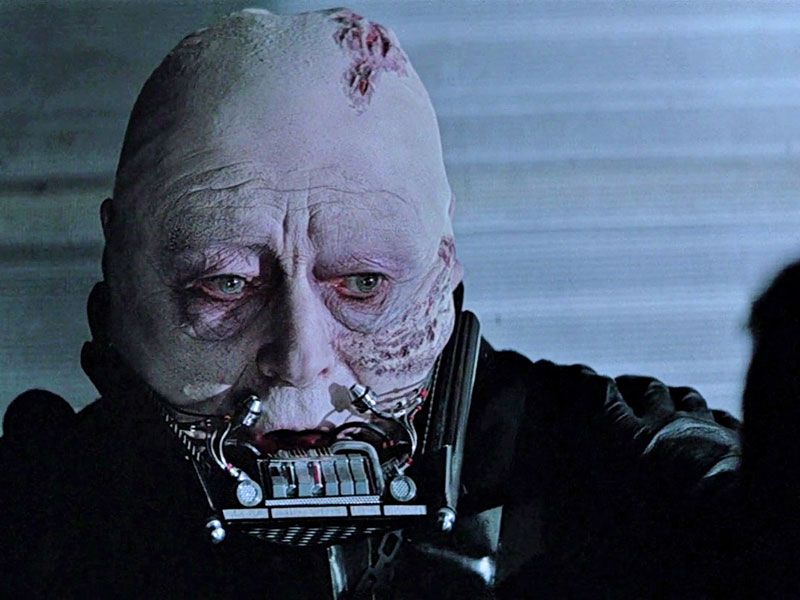Movie Villains Often Have Skin Diseases: Why Docs Are Upset

Sometimes, you can spot the "bad guys" in movies just by looking at their skin — they may have dark circles under their eyes, or multiple scars. But now, some dermatologists are taking issue with Hollywood's tendency to depict villains with such features, saying it may cause the public to stereotype people with skin diseases.
In a new study, researchers analyzed the dermatological features of 10 classic movie villains, and compared them with those of 10 classic movie heroes. They found that 60 percent of the villains had noticeable dermatological features, compared with none of the heroes.
Moviemakers' use of skin features to contrast good and evil characters "may foster a tendency toward prejudice in our society directed at those with skin disease," the researchers, from the University of Texas Medical Branch in Galveston, wrote in the April 5 issue of the journal JAMA Dermatology. [Top 10 Scariest Movies Ever]
Moviemakers have depicted villains with distinctive skin features since the silent film age, the researchers said. In recent years, the National Organization for Albinism and Hypopigmentation has protested against the use of albino characters as movie villains, including the portrayal of an "evil albino" character in the 2006 movie "The Da Vinci Code."
In the new study, the researchers used the top 10 film heroes and villains from the American Film Institute's 100 Greatest Heroes and Villains List.
The top villains included Dr. Hannibal Lecter ("The Silence of the Lambs," 1991), Darth Vader ("The Empire Strikes Back," 1980), The Queen ("Snow White and the Seven Dwarfs," 1937), Regan MacNeil ("The Exorcist," 1973) and The Wicked Witch of the West ("The Wizard of Oz," 1939). The heroes included Atticus Finch ("To Kill a Mockingbird," 1962), Indiana Jones ("Raiders of the Lost Ark," 1981), James Bond ("Dr. No," 1962) and Rocky Balboa ("Rocky," 1976).
If the characters were in a black-and-white movie, the researchers evaluated the colorized version of the original film, and if no such version was available, they used the color theatrical release poster, according to the study.
Sign up for the Live Science daily newsletter now
Get the world’s most fascinating discoveries delivered straight to your inbox.
The researchers found the following dermatologic conditions among villains:
- Alopecia (hair loss) in three villains
- Periorbital hyperpigmentation (dark circles under the eyes) in three villains
- Deep wrinkles on the face in two villains
- Multiple facial scars in two villains
- Verruca vulgaris (warts) on the face in two villains
- Rhinophyma (a bulbous or "ruddy" nose) in one villain
Besides subtle facial scars in two of the top 10 heroes, none of the heroes had significant dermatological features.
None of the top 10 villains had albinism, but a previous study found that 68 movies made between 1960 and 2006 featured an "evil albino" character.
"The results of this study demonstrate Hollywood’s tendency to depict skin disease in an evil context, the implications of which extend beyond the theater" and contribute to misunderstanding of skin diseases among the general public, they said.
Original article on Live Science.

Rachael is a Live Science contributor, and was a former channel editor and senior writer for Live Science between 2010 and 2022. She has a master's degree in journalism from New York University's Science, Health and Environmental Reporting Program. She also holds a B.S. in molecular biology and an M.S. in biology from the University of California, San Diego. Her work has appeared in Scienceline, The Washington Post and Scientific American.
Most Popular


